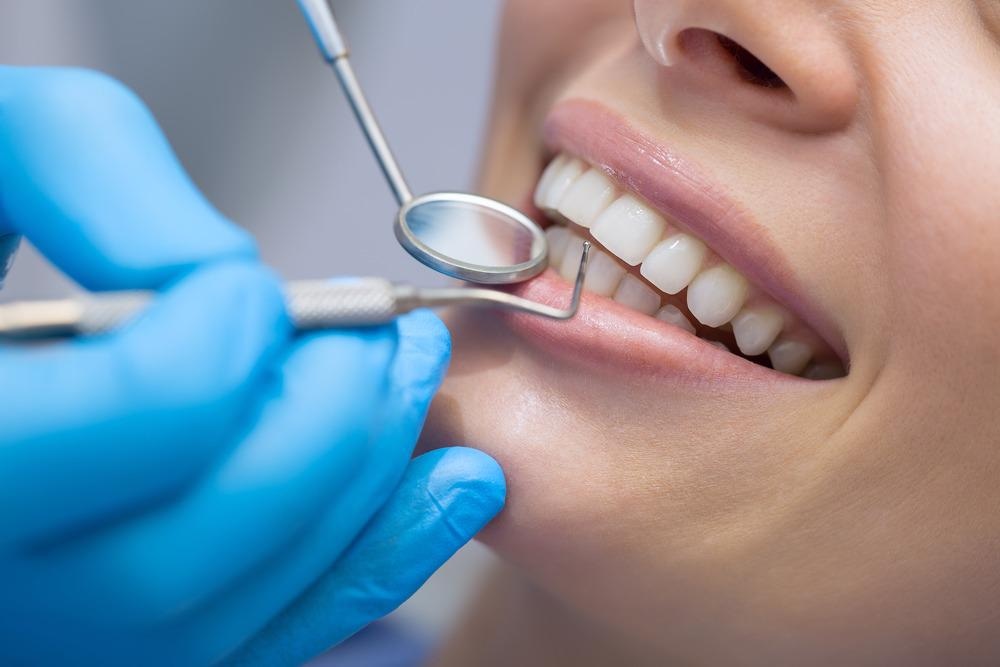A recent work published in the journal ACS Omega describes a simple and controlled production of Pt@Pd nanowires (NWs) with excellent catalytic performance in a non-compacted core-shell configuration.

Study: An Electrochemical Sensor for Quantitation of the Oral Health Care Agent Chlorogenic Acid Based on Bimetallic Nanowires with Functionalized Reduced Graphene Oxide Nanohybrid. Image Credit: bezikus/Shutterstock.com
Chlorogenic acid (CGA), a phenolic compound found in coffee, has long been thought to be a potent antioxidant and anti-inflammatory agent. Meanwhile, its ability to inhibit periodontal disease (PD) makes it an attractive therapeutic contender.
However, owing to their lack of precision and efficiency, present techniques for chlorogenic acid identification restrict its practical utility infiltration and subsequent pharmaceutical application. As a result, finding a powerful technique to accurately analyze CGA for in-depth anti-PD research is critical.
What is Chlorogenic acid (CGA)?
Chlorogenic acid (CGA) is a phenolic molecule found in coffee, fruits, and crops that has good biocompatibility and minimizes harmful impacts.
Studies have shown chlorogenic acid to have antiviral, anti-inflammatory, nerve injury prevention, and antitumor properties.
Chlorogenic acid is also essential in the treatment and management of periodontal disease (PD). CGA may help human dentine stem cells grow, which has a promising therapeutic potential for Parkinson's disease patients.
CGA's antibacterial action also makes it a possible treatment against periodontal caused by microorganisms. In addition, drug-loaded prosthetics with CGA are used as a therapeutic intervention to reduce the risk of infection. As a result, precise quantitative CGA analysis is vital for PD management and therapy.
Limitations of Traditional CGA Detection Methods
CGA is difficult to isolate and analyze in a sophisticated structure as a chemical product, posing a stringent need for the CGA analysis method.
CGA has been determined using conventional identification techniques such as extreme high column chromatography, near-infrared spectrometry, liquid chromatography-mass analysis, and capillary electrophoresis.
However, these procedures are generally quite costly, time-demanding, need a lot of chemical mixtures and have low specificity, therefore, they have inherent limits in terms of investigating new chlorogenic acid applications.
Advantages of Electrochemical Sensors using Nanowires
Because of the electrolytic sensors' higher sensitivity, identification in difficult settings may be precise.
It is worth mentioning that detectors' specificity makes them ideal for doing a sample CGA analysis.
As a result, simple and ultrasensitive detectors with excellent specificity to identify CGA are in high demand to ease the investigation of chlorogenic acid in dental treatment.
Because of their improved reproducibility, strong catalytic performance, and increased conductance, one-dimensional nanomaterials such as nanowires (NWs) have gotten a lot of interest in the area of biosensing relative to nanoparticles.
The analytical efficiency of nanowire-modified sensor surfaces has been greatly enhanced. Metal nanowires having a high surface area may attach more macromolecules and have more photocatalytic sites, allowing them to induce electrochemical processes more quickly.
Interrelated nanowires may boost conductance and catalytic performance even further.
A Hemin-Functionalized Electrochemical Sensor for CGA
Hemin is a porphyrin metal that can accelerate oxidative processes in nature. It can fill the role of a variety of enzymes as catalysts to promote quantitative productivity by improving the feedback signal on the electrolyte interface.
However, Hemin's catalytic performance is restricted by its proclivity for reactive self-destruction.
As a consequence, large-surface-area support elements are necessary to maintain Hemin's durability and catalytic properties.
Reduced graphene oxide (rGO) has a helical structure that can connect with the phenyl ring of Hemin, making it an appropriate support substance with strong electrical properties, a large specific surface area, and simplicity of derivatization.
In this work, Pt@ Pd NWs-Hemin-PEI-rGO nanohybrids were formed using Hemin-functionalized polyetherimide-capped rGO nanoflakes as a substrate packed with platinum and palladium nanowires.
Manageable linear nanomaterials were also created by adjusting the sodium iodide solution during the Pd nanowire production.
Research Conclusion and Prospects
The electrochemical performance of the composite nanowires was outstanding, allowing for an improvement in charge transmission rate and electrocatalyst area.
Furthermore, Pt@Pd NWs-Hemin-PEI-rGO nanohybrids have shown excellent electrocatalytic activity for chlorogenic acid, providing for accurate CGA identification.
Beyond typical detection systems and published CGA detectors, the developed device has a detection range down to the nanoscale scale and remarkable capabilities. It also performed well in real-sample identification, implying that it has future promise in the investigation of CGA in the treatment of oral illness.
Reference
Li, W. et al. (2022). An Electrochemical Sensor for Quantitation of the Oral Health Care Agent Chlorogenic Acid Based on Bimetallic Nanowires with Functionalized Reduced Graphene Oxide Nanohybrids. ACS Omega. Available at: https://pubs.acs.org/doi/10.1021/acsomega.1c06612
Disclaimer: The views expressed here are those of the author expressed in their private capacity and do not necessarily represent the views of AZoM.com Limited T/A AZoNetwork the owner and operator of this website. This disclaimer forms part of the Terms and conditions of use of this website.